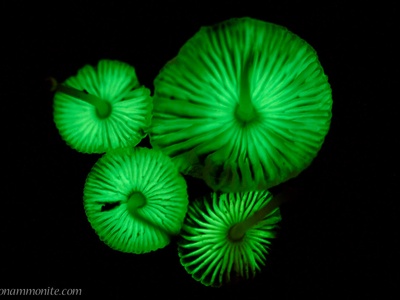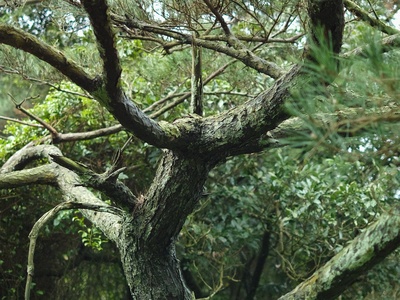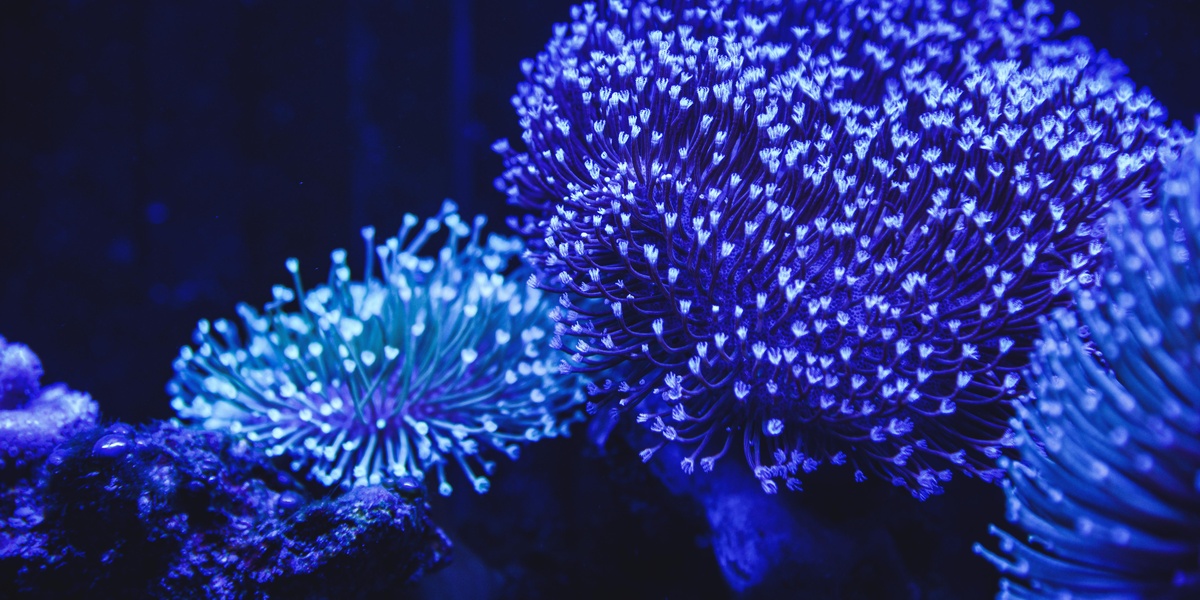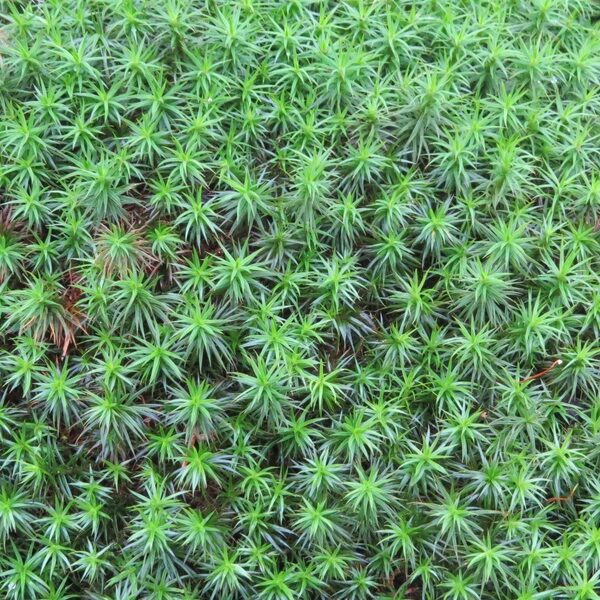Damp forest floors and shaded groves sometimes hide an unexpected light show — faint green and blue glows that appear where decay, moisture, and fungi meet. In several regions these glows trace roots, buried wood, or fallen branches, turning otherwise ordinary night walks into a chance to spot a living lantern.
There are 7 bioluminescent trees, ranging from Armillaria‑infected roots and buried wood to Subtropical fallen branches (Mycena chlorophos). For each one you’ll find below the columns Scientific name,Type,Where found — a compact way to compare how, where and what produces the glow you’ll find below.
How do these trees produce light?
Most of the light comes from fungi (or fungal communities) colonizing wood and root tissue; a chemical reaction involving luciferin and luciferase (or similar compounds) creates visible light as part of fungal metabolism. Conditions that favor glow are steady moisture, low light, and active decay, so the brightest displays often follow wet seasons or in shaded, undisturbed wood.
Where can I see them and what should I keep in mind?
Sightings depend on region, season and the stage of decomposition — some spots are known locally and best visited on guided walks to avoid disturbing fragile habitats; if you go, pick designated trails, avoid touching or removing material, and check local regulations or tour options to increase your chances of a safe, responsible viewing.
Bioluminescent Trees
| Name | Scientific name | Type | Where found |
|---|---|---|---|
| Foxfire | Panellus stipticus;Mycena spp.;Omphalotus spp. | Natural | Temperate and subtropical forests worldwide; notably Appalachian Mountains (USA), Brazil, Japan |
| Hardwood stumps (Panellus stipticus) | Panellus stipticus | Natural | Eastern United States and Canada (Appalachians, Great Lakes) |
| Oak logs with jack‑o’‑lantern fungi | Omphalotus olivascens (and related Omphalotus spp.) | Natural | California coast oak woodlands (USA); related species in Europe and elsewhere |
| Glowing palm trunks | Neonothopanus gardneri | Natural | Brazil (Cerrado and Atlantic Forest regions) |
| Subtropical fallen branches (Mycena chlorophos) | Mycena chlorophos | Natural | Japan (Okinawa and subtropical islands), eastern Australia, parts of Brazil |
| Atlantic Forest twigs (Mycena luxaeterna) | Mycena luxaeterna | Natural | Atlantic Forest, Brazil (Rio de Janeiro region) |
| Armillaria‑infected roots and buried wood | Armillaria spp. | Natural | Temperate forests in Europe and North America (documented reports) |
Images and Descriptions

Foxfire
Foxfire refers to wood that glows at night when luminescent fungi colonize dead trunks, stumps or roots. It’s caused by fungal luciferase chemistry; best seen on humid, moonless nights in forests where decaying wood is abundant.

Hardwood stumps (Panellus stipticus)
Decaying hardwood stumps in eastern North America often host Panellus stipticus, whose mycelium and sometimes fruiting bodies emit a greenish glow. Visit damp Appalachian or Great Lakes forests after dark to spot softly glowing stumps on humid nights.

Oak logs with jack‑o’‑lantern fungi
Jack‑o’‑lantern fungi (Omphalotus species) can light up rotting oak roots and stumps, producing bright, orange‑tinted mushrooms and bioluminescent gills. In California oak woodlands, check shaded, decaying logs after sunset for clustered glowing caps.

Glowing palm trunks
Neonothopanus gardneri produces a striking, sustained glow on dead palm trunks and roots in parts of Brazil, creating dramatic “glowing palm” displays. Look in humid Cerrado and Atlantic Forest remnants at night where large patches of glowing wood have been documented.

Subtropical fallen branches (Mycena chlorophos)
Mycena chlorophos grows on small fallen branches and leaf litter in subtropical forests; its bioluminescent caps and mycelium make twigs seem to glow. Reported from Okinawa and other islands, eastern Australia, and select Brazilian forests after dark.

Atlantic Forest twigs (Mycena luxaeterna)
Mycena luxaeterna is a tiny, intensely luminescent fungus that lights up twigs and leaf litter in Brazil’s Atlantic Rainforest. Visitors to protected sites near Rio de Janeiro report a ghostly green glow on damp forest floors after dusk.

Armillaria‑infected roots and buried wood
Some Armillaria species form luminescent mycelial fans in roots and buried wood, producing subtle, long‑lasting glows in infected tree bases and root systems. Check rotten root collars and stumps at night for faint, persistent light.




